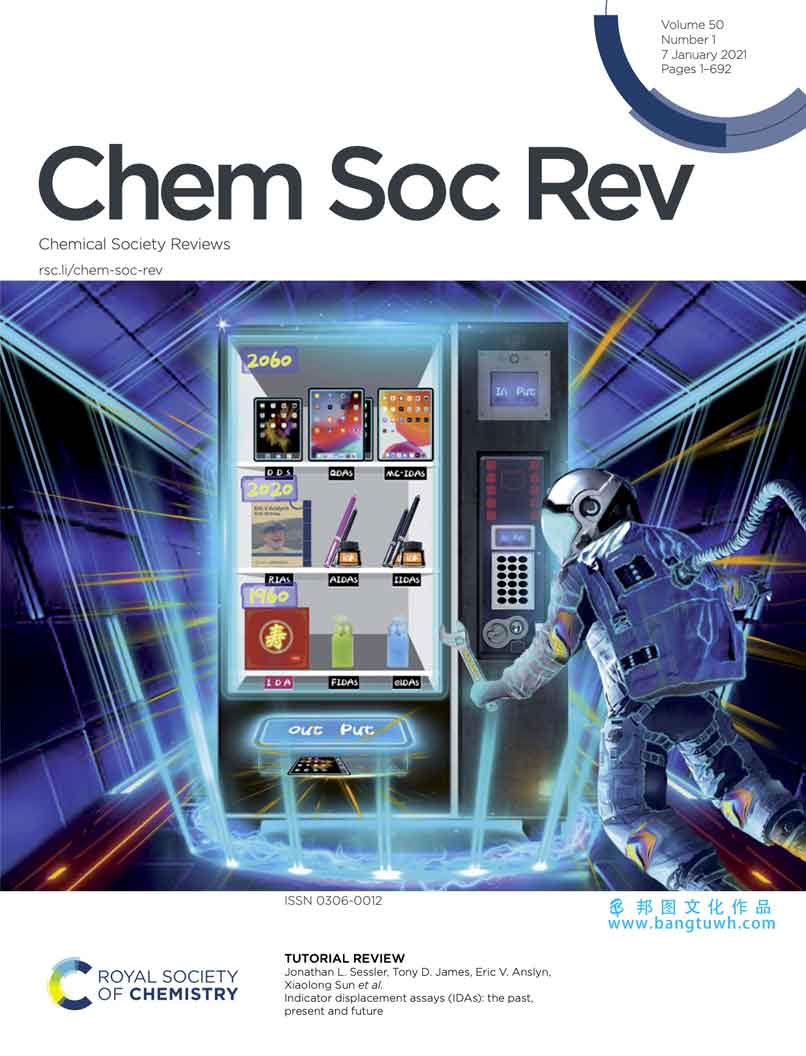科研绘图sci画图作图学术杂志封面设计toc示意图文章配图医学动画





indicator displacement assays (idas) offer a unique and innovative approach to molecular sensing. idas can facilitate the detection of a range of biologically/environmentally important species, provide a method for the detection of complex analytes or for the determination and discrimination of unknown sample mixtures. these attributes often cannot be achieved by traditional molecular sensors i.e. reaction-based sensors/chemosensors. the ida pioneers inouye, shinkai, and anslyn inspired researchers worldwide to develop various extensions of this idea. since their early work, the field of indicator displacement assays has expanded to include: enantioselective indicator displacement assays (eidas), fluorescent indicator displacement assays (fidas), reaction-based indicator displacement assays (rias), dimerdye disassembly assays (ddas), intramolecular indicator displacement assays (iidas), allosteric indicator displacement assay (aidas), mechanically controlled indicator displacement assays (mc-idas), and quencher displacement assays (qdas). the simplicity of these idas, coupled with low cost, high sensitivity, and ability to carry out high-throughput automation analysis (i.e., sensing arrays) has led to their ubiquitous use in molecular sensing, alongside the other common approaches such as reaction-based sensors and chemosensors. in this review, we highlight the various design strategies that have been used to develop an ida, including the design strategies for the newly reported extensions to these systems. to achieve this, we have divided this review into sections based on the target analyte, the importance of each analyte and then the reported ida system is discussed. in addition, each section includes details on the benefit of the idas and perceived limitations for each system. we conclude this tutorial review by highlighting the current challenges associated with the development of new idas and suggest potential future avenues of research.



微信扫一扫,加设计师好友
17621261539
周一至周五8:30-18:00

提升“研值”

工作人员将在1个小时内联系您。


